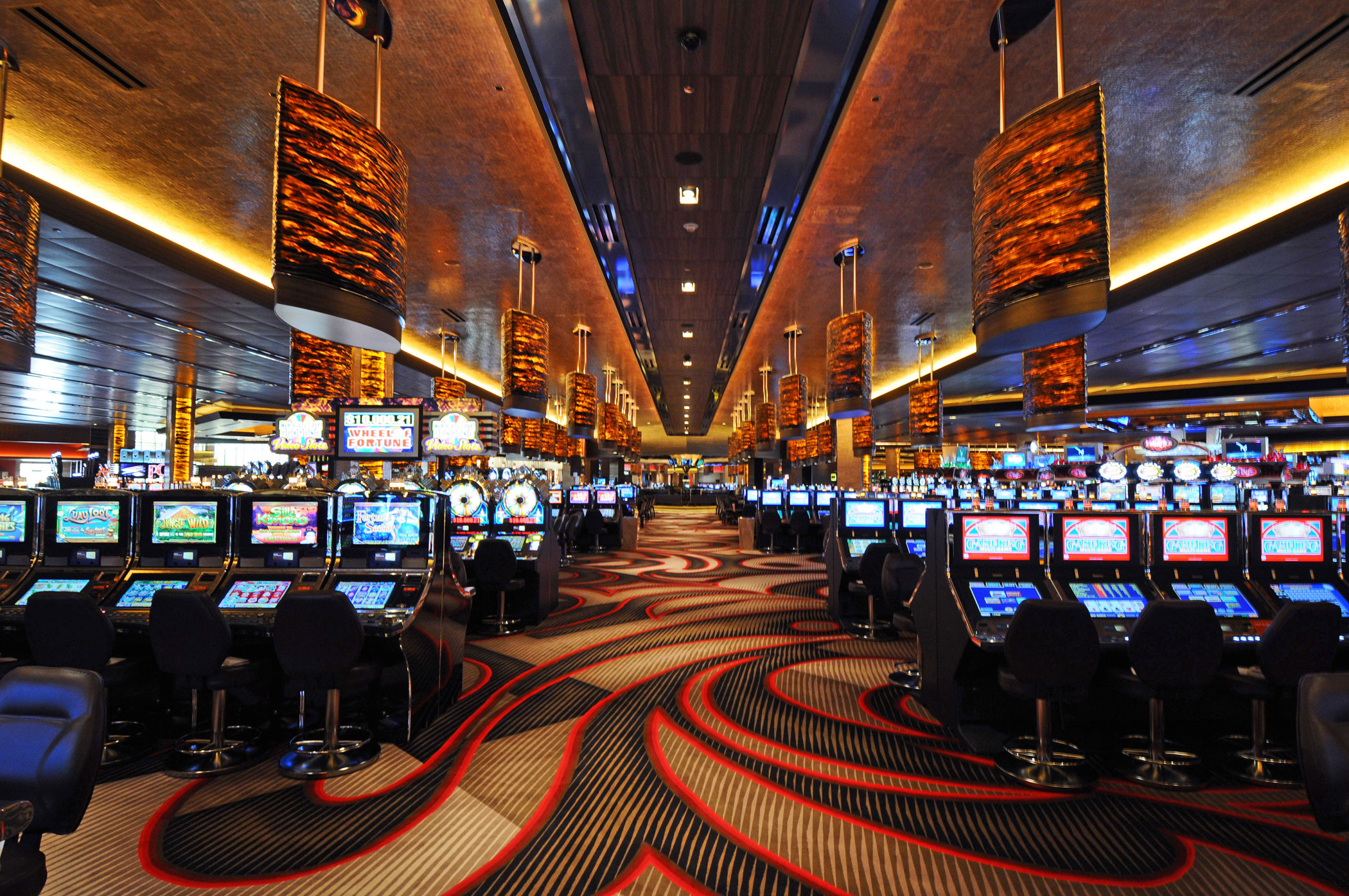
Casino experiences have long captivated people’s attention, drawing gamblers into a universe filled with fortune, tactics, and the allure of thrill. Each experience is meticulously crafted not just for enjoyment, but also to elicit specific emotional responses that keep gamblers engaged and committed. Understanding the motivations behind these designs reveals much about how human psychology plays a key role in the gaming experience.
From the dazzling lights and lively sounds to the complex layering of guidelines and rewards, casino games are designed to create an atmosphere of anticipation and anticipation. Game designers leverage mental cues to influence participant behavior, whether through the use of winning opportunities, almost wins, or social interactivity. By examining these elements, we can better appreciate how casino games fulfill not just a desire for entertainment, but underlying psychological needs for thrill and uncertainty.
Comprehending Player Actions
Casino games are designed with a deep understanding of gamer psychology, which is vital for attracting and keeping players. The rush of the game, coupled with the hope of winning, creates a powerful allure. Game designers utilize elements like sonic elements, dynamic graphics, and immersive gameplay to capture attention and evoke emotional responses. These sensory effects enhance the immersive experience, making players feel more invested in the game.
Another important aspect of player behavior is the idea of risk/reward dynamics. Casino games often weigh high-stakes situations with the potential for significant rewards, which can lead to the event known as near-miss effect. When players come near to winning, the brain releases dopamine, reinforcing their behavior and encouraging them to continue playing in quest of that elusive win. This cycle of hope and letdown plays a crucial role in how games are designed and advertised.
Lastly, community aspects also play a central role in player behavior at casinos. Many games are made to be played in teams or with other players, nurturing a sense of belonging and shared experience. The social interaction inherent in games like blackjack enhances enjoyment and can lead to extended gameplay. Designers leverage on this by crafting environments that invite players to linger, connect, and revisit, making the overall casino experience more appealing.
The Role of Imagery and Sound
Imagery and sound play a vital role in elevating the gambler’s experience within casino games. Designers utilize vibrant colors, eye-catching graphics, and captivating animations to attract players’ attention and hold their focus. The use of motifs, such as exploration or luxury, helps create an engaging atmosphere that takes players into a different world. By appealing to the senses, these elements add to a intensified emotional response, prompting players to interact more deeply with the games.
Sound design is equally important in reinforcing the experience of gambling games. The combination of ambient music, sound effects for winning combinations, and ambient noises creates an sound landscape that holds players fascinated. Audio cues associated with wins, such as chiming bells or celebratory music, evoke feelings of thrill and reward, prompting players to continue playing. These sound cues are strategically placed to enhance the excitement of the game and create a more immersive experience.
Additionally, the synchronization of visuals and sound is important for supporting the game’s overall concept and mood. Each element should align harmoniously to create a cohesive experience that draws players in. The effective use of this integration not only improves user satisfaction but also boosts the chances of return play, as players become more invested in the immersive world that the casino games offer. This thoughtful integration of imagery and sound ultimately enhances player involvement and loyalty.
Reward Structures and Participation
The development of casino experiences significantly depends on reward structures to ensure participants involved and coming back for additional experiences. These structures are rooted in psychological theories that take advantage of human behavior and desire. Participants are often driven by the excitement of winning, which is supported by immediate feedback through the game structure’s mechanics. This prompt satisfaction not only improves the overall experience but also cultivates a sense of achievement, prompting players to continue playing in hopes of greater rewards.
Casinos implement various reward structures, such as jackpots, bonuses, and increased rewards, to engage participants. These elements create a layer of excitement that maintains interest. Additionally, the randomness of results plays a crucial role in sustaining attention. The intermittent reinforcement schedule, where wins are unpredictable but happen often enough, keeps players on edge and motivated to keep playing. This cycle of hope and expectation is foundational to the success of casino games. siti non AAMS
Moreover, community aspects, such as competitive events and multiplayer features, enhance the participation factor by leveraging the competitive nature of participants. The communal aspect of gaming with fellow participants can amplify the thrill of success and create a community atmosphere within the casino. By integrating these social dynamics with effective incentive structures, gambling experiences don’t just provide entertainment but also nurture a stronger bond among participants, solidifying their commitment to the overall experience.
